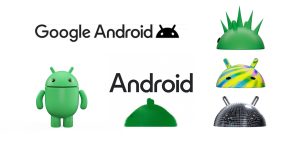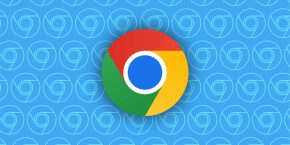Thanks to the keen eye of one Google+ user, we now know that Chrome for Android beta 43 introduced banner ads for the installation of native apps. Chrome for Android 43 was released just last month. The functionality for web apps was introduced in beta 42 and rolled out in April.
Chrome for Android already has “Add to Homescreen” functionality giving users the ability to add and launch a web app from the homescreen of their Android phone, but the problem is that the button for this is buried inside a menu. As a result most people probably don’t even know it exists. An engineer at Google says that to get around this issue, some developers would try and guess whether or not a visitor was already running the web app as an Add to Homescreen app and if not, present an overlay that asked them to go through the steps to add it.
With the new install banner ads, however, developers need only complete a few simple steps (outlined here) including adding a manifest text file, running over HTTPS, and having a service worker registered on the site to have Chrome manage the prompting of users with a new banner install ad that looks like this:
Chrome banner install ads for native apps are essentially the same thing but let users visiting a webpage in Chrome to install a developer’s native app instead.
One nice touch is that for both web and native apps Chrome won’t prompt a user with a banner until they’ve visited the same site at least twice during the course of two weeks, to best ensure the visitor is actually interested in the developer’s services. In its FAQs (bottom of this page), however, Google makes it clear that developers don’t have very much control over the install banners – they cannot control when the banners are displayed or hidden, they can’t make the banners reappear later if a user dismisses them, and they cannot detect when a user actually taps the “Add” button on a banner, to name just a few limitations right now.
Even still, native app install banners have been available on Apple’s Safari browser for iOS since 2012 so it’s nice to see Google reach a parity here and make discoverability of richer experiences for users a little better. Google has some more examples than the ones above of minimal app install banner ads up on Github.
Update: Paul Kinlan from Google informed us before editing his post that actually, developers can listen for a beforeinstallprompt event which fires before a banner is shown and decide whether or not to display it.
@9to5Google just to clarify, I need to update post. You can detect install and also stop it from displaying.
— Paul Kinlan (@Paul_Kinlan) June 4, 2015
FTC: We use income earning auto affiliate links. More.



Comments